
Now is the time to convert Tewksbury Abbey back to the Holy Roman Catholic Church, the Church founded by Jesus Christ, and in that way, all the tortured souls who fell defending her during the Reformation will be at peace at last. Amen.
![]()
Three Proofs that Peter the Apostle Began Christ's Church at Rome:
"Like other Protestants, Fundamentalists say Christ never appointed Peter as the earthly head for the simple reason that the Church has no earthly head and was never meant to have one. Christ is the Church's only foundation, in any possible sense of that term."
Lest we forget, there is only one church, one faith, and one representative of Christ on earth given the right of succession by Jesus Christ and appointed by Him through Peter, the Apostle, who became the first Bishop of Rome, and through which officiate he and his successors have been charged to represent Jesus Christ on earth.
"Irenaeus, in Against Heresies (A.D. 190), said that Matthew wrote his Gospel "while Peter and Paul were evangelizing in Rome and laying the foundation of the Church." A few lines later he notes that Linus was named as Peter's successor, that is, the second pope, and that next in line were Anacletus (also known as Cletus), and then Clement of Rome. Clement of Alexandria wrote at the turn of the third century. A fragment of his work Sketches is preserved in Eusebius of Caesarea's Ecclesiastical History, the first history of the Church. Clement wrote, "When Peter preached the word publicly at Rome, and declared the gospel by the Spirit, many who were present requested that Mark, who had been for a long time his follower and who remembered his sayings, should write down what had been proclaimed." Lactantius, in a treatise called The Death of the Persecutors, written around 318, noted that "When Nero was already reigning (Nero reigned from 54-68), Peter came to Rome, where, in virtue of the performance of certain miracles which he worked by that power of God which had been given to him, he converted many to righteousness and established a firm and steadfast temple to God."
Peter's Chair in Rome remains today at the Vatican where his remains have been buried since his martyrdom in 67 AD.
"Saint Peter resided in Rome and suffered a martyr's death there in the year 67 A.D., at the time of the Christian persecutions during the reign of the emperor Nero. The exact place of his martyrdom is unknown. Historians believe Saint Peter was crucified upside down in Nero's amphitheater, which was situated where the Vatican now stands. He was buried at a nearby cemetery. Many years of excavations underneath the Basilica of Saint Peter led to the discovery of the first Pope's tomb. The tomb lies directly beneath the Pope's altar in the Vatican Basilica. This tomb signifies that each bishop of Rome is Saint Peter's successor and by virtue of his office as: ...the successor of Christ and the Pastor of the whole Church has full, supreme and universal power over the church. (Christus Dominus 2:9)" - Fr. M. Piotrowski, Society of Christ September 23, 2004.
Good King Richard, the Crusader?
"I wish that my kingdom lay upon the confines of Turkey; with my own people alone and without the help of other princes I should like to drive away not only the Turks, but all my foes." - Richard III, King of England
"In the spring of 1484 Richard III's position on the throne of England was as secure as it would ever be. He had put down a rebellion against his usurpation a few months previously and was doing what he could to get Henry Tudor ousted from his exile in Brittany. Early in May he held court at Middleham and it was here that he received Nicholas von Poppelau, a Silesian ambassador of the Holy Roman Emperor Frederick III." Read more on this topic by the University of Leicester HERE>>
What is important to note here is that many historians believe Richard III, while King of England, had no intention or desire to initiate a crusade against the Turks, Muslims. Or did he? The Crusades carried out by Richard's predecessors had been successful in keeping the imposing Muslim forces at bay. The vicious warring between Christians and Muslims was well-known in Richard's time, and evidence now shows us that Richard III found the issue of the Muslim/Turks equally as pressing and antagonizing as it has become to all nations in modern day. Unfortunately for Richard, his life had ended before he could muster a new crusade for Christianity, known at that time as the Roman Catholic church. Now, again, the world has dissolved into conflict with the jihadist warriors of Islam who continue to insist their religion must rule in all nations, and every attempt to make it thus has inspired the proposal of a renewed Islamic caliphate. While another crusade such as before is not given to thought in this day and time, the literal meaning of the word itself raises inspiration and resurges in the form of military actions taken by various nations against the jihadist factions of Islam.
Since Richard's time, Christianity has taken on many different forms aside from Roman Catholic, and "crusade" has taken on new meaning. However, the mission is the same: a war posed against one faith by another. And in the end, the true faith of the one true God will abide for He will have the last Word. Amen.
The Tragic Story of Tewksbury Abbey
Click on the candles to light a candle in prayer for all the faithful departed souls. Prayers for the dead and for the souls in purgatory should be recited daily. Pray, too, for the souls of those who perished in this beautiful Abbey following the Battle of Tewksbury. The Lancastrian soldiers fled here to sanctuary and were followed by the Yorkist soldiers who slaughtered them inside the church with bloodshed so overwhelming that the Abbey had to be re-consecrated in 1471. The Yorkist soldiers were said to have ransacked and vandalized the Abbey following the savagery. It is inconceivable that Edward IV would have condoned this blasphemus brutality in a House of Worship, especially after having been met at the door, where he stood with sword drawn, by the Abbot who pleaded with him not to "defile a Holy place." Edward, then becalmed, said his prayers and then rose up and issued pardons to all of the enemy soldiers secured inside, including the Lancastrian leaders. As the abbey was not a rightful place of sanctuary, Edward was within his rights to break word once he saw the the Duke of Somerset was one of those seeking shelter within. Before departing, Edward had Somerset and others with him dragged out and brought to the Market Square where they were tried by Richard of Gloucester, found guilty of treason, and executed. Edward had given his permission for Edward, Prince of Wales, son of Margaret of Anjou and Henry VI, slain in the prior battle by Edward's brother, Duke of Clarence, to be buried inside the Abbey. Whether or not Edward condoned the behavior of his men, or was even present when his men commenced the slaughter, has not been addressed. What is known, however, is that a massacre inside these sacred halls did take place. Perhaps Tewkesbury Abbey is the only Parish on record ever to be so viciously and mercilessly defiled in the name of God.
At left, the tomb of Sir Hugh Baron le Despencer and Elizabeth Montacute. At center, the vaulted ceiling with Edward IV's Sunne in Splendour. At right, the high altar. Most of these early benefactors of Tewkesbury Abbey were Roman Catholic as the churches in England prior to the Reformation were of Roman Catholic faith. At the Dissolution of the Monasteries, the last abbot, John Wakeman, surrendered Tewkesbury Abbey on 9 January 1539 to the commissioners of King Henry VIII. Had he not done so would have surely meant his beheading. His effortless coordination with the proceedings earned him an annuity of 400 marks from the king, followed with his being ordained in September 1541 as the first Bishop of Gloucester. The Abbey now belongs to the Church of England and one has to wonder, as Richard III was a devout Catholic and prayer warrior, if there would have been a reformation had he lived. For the sake of his memory, the Memorial Chapel reflects Richard's Catholic faith and honors the Abbey as the Catholic church it was during the Battle of Tewkesbury and during Richard's reign.

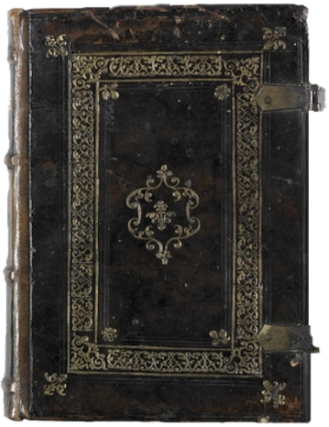 Richard III's Prayer Book
Richard III's Prayer Book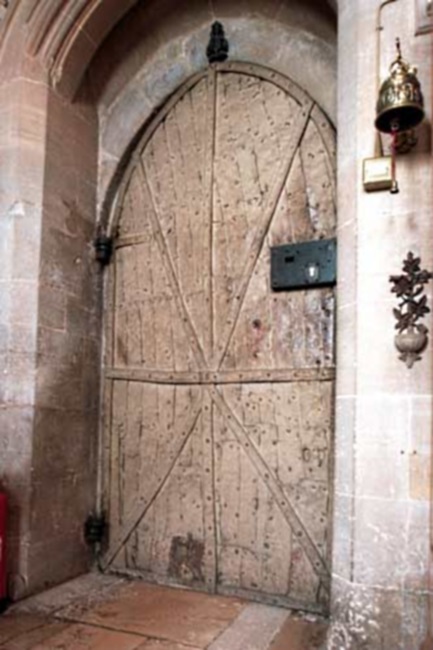
 Sir Hugh Baron le Despencer and Elizabeth Montacute
Sir Hugh Baron le Despencer and Elizabeth Montacute Sun in Splendour
Sun in Splendour The High Altar
The High Altar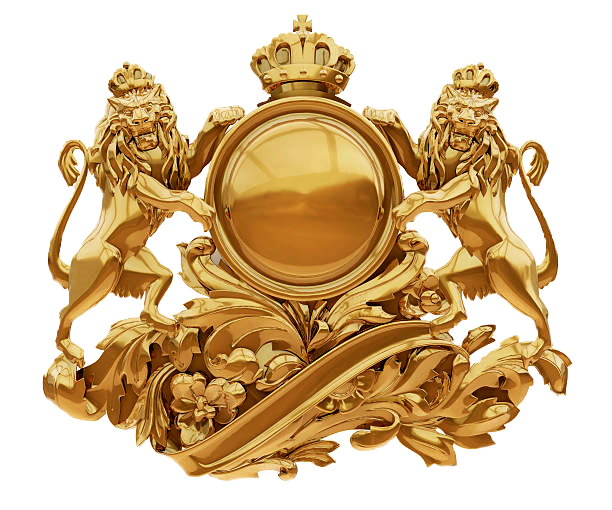
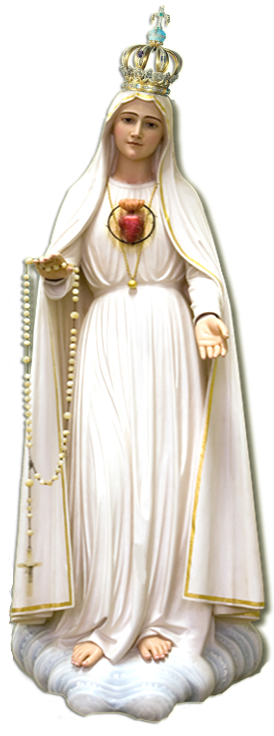
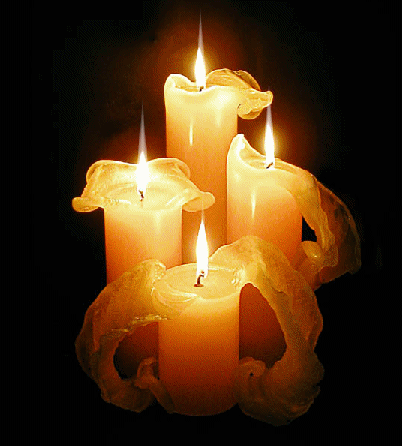 Click to Light a candle
Click to Light a candle